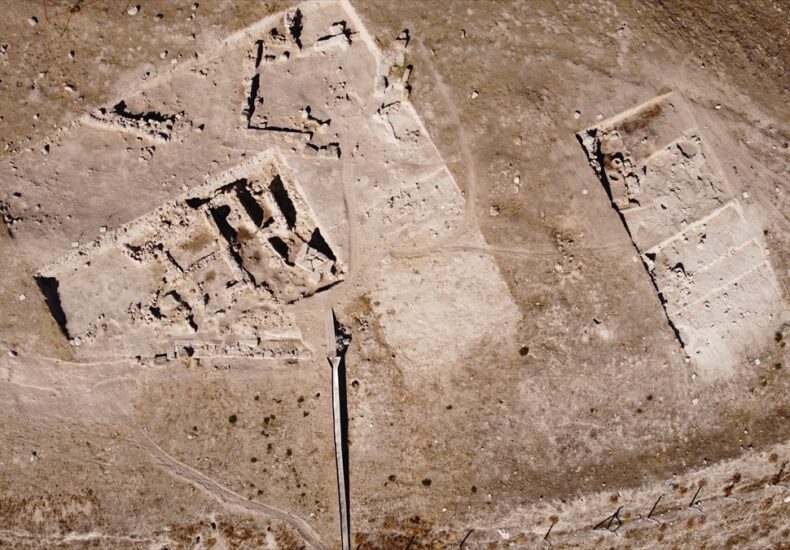
4500-Year-Old Burnt House and Hellenistic Fortress Wall Unearthed at Aşağıseyit Mound in Denizli
Located in Türkiye’s western province of Denizli, Aşağıseyit Mound stands as one of the key archaeological sites revealing uninterrupted settlement layers from the Late Chalcolithic to the Roman period. The mound, which has preserved traces of eight distinct habitation phases, continues to shed light on the cultural transitions of inner Western Anatolia — from early agrarian communities to Hellenistic military strongholds.
This season’s excavations, led by Assoc. Prof. Dr. Erim Konakçı from İzmir Democracy University, have uncovered two remarkable findings: a 4,500-year-old burnt house from the Early Bronze Age and the remains of fortress walls dating to around 280 BCE.
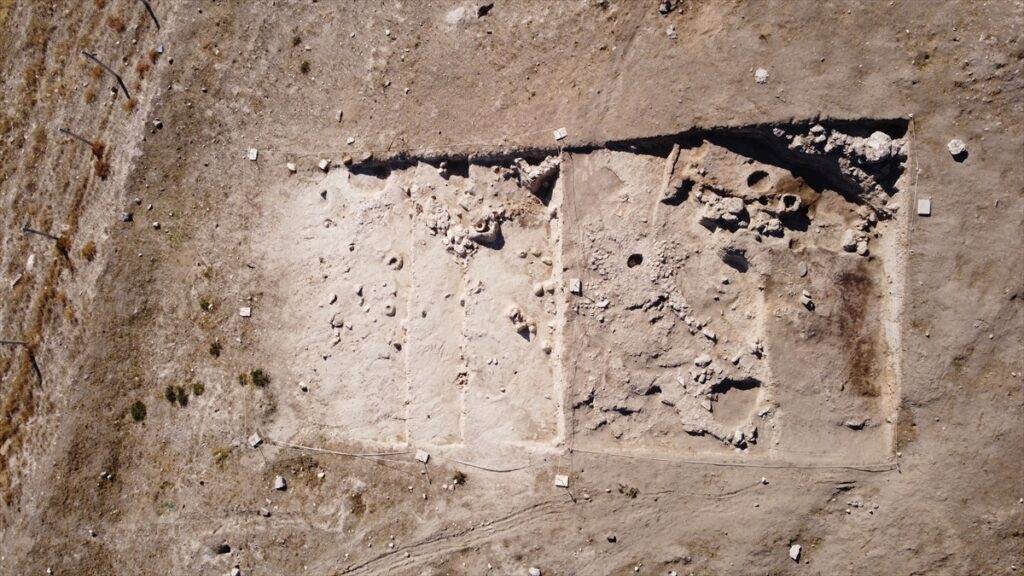
According to Dr. Konakçı, the discovery confirms that Aşağıseyit was not only an agricultural settlement but also a strategically located site of defense and production. “The site shows continuous habitation over eight distinct periods. One focus this year was the Hellenistic fortifications — about half of the wall structure is now visible, suggesting it was built around 280 BCE,” he said.
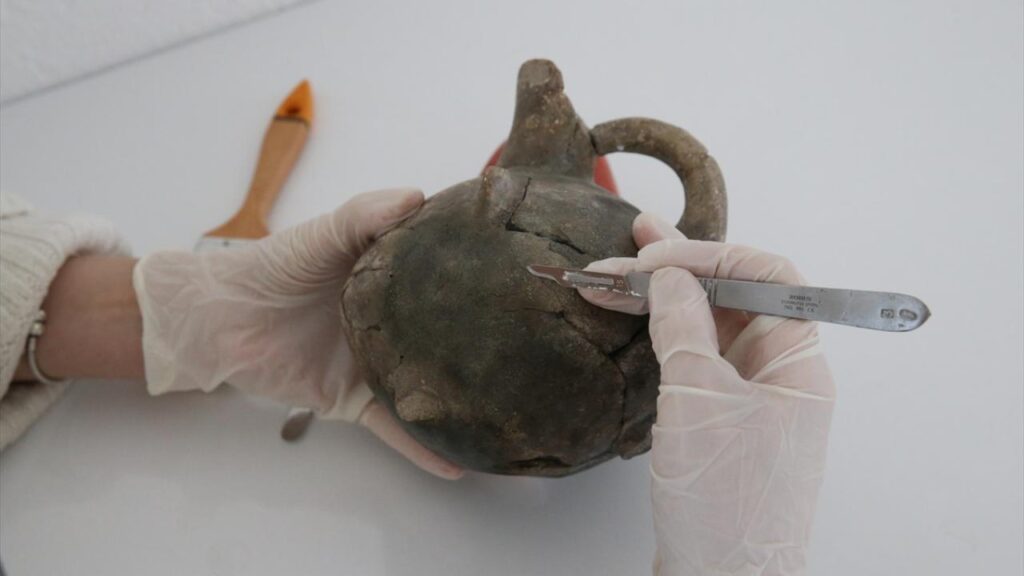
In another area, archaeologists revealed a series of domestic layers from the Early Bronze Age, where multiple house phases were identified. Inside these structures, they found charred remains of wheat, figs, and grape seeds, offering rare insights into the region’s prehistoric agriculture. “The discovery of 4,500-year-old grape seeds indicates that viticulture in the Çal region — famous today for its vineyards — dates back to the early Bronze Age,” added Konakçı.
📣 Our WhatsApp channel is now LIVE! Stay up-to-date with the latest news and updates, just click here to follow us on WhatsApp and never miss a thing!!
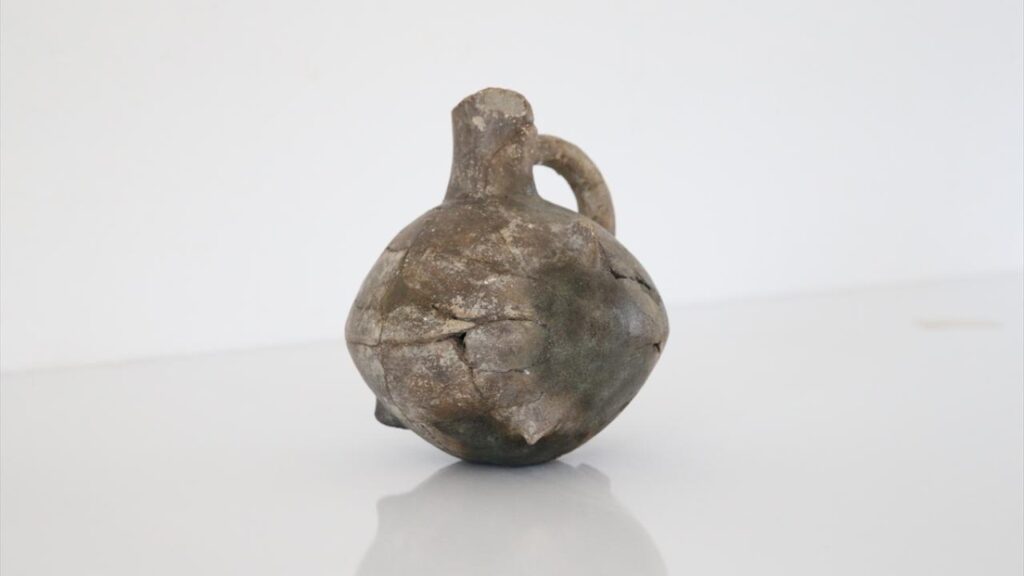
The excavations also brought to light household artifacts such as pottery, figurines, and tools made of bone and bronze, along with infant burials placed inside clay vessels. Despite the passage of millennia, the charred walls of the ancient house remain visible, preserving the moment of destruction frozen in time.
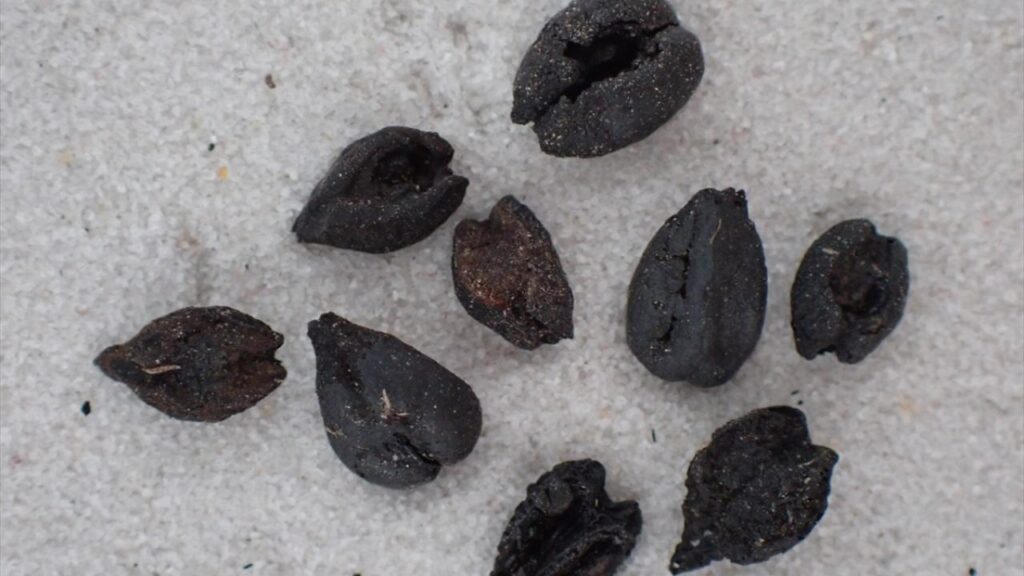
As for the Hellenistic fortress walls, Konakçı noted that they likely date to a turbulent era when the Seleucids sought to secure their territories following the Elephant Battle against the Galatians. “The construction of small fortresses and observation posts in this region reflects the Seleucid policy of maintaining control over the interior lands,” he explained.
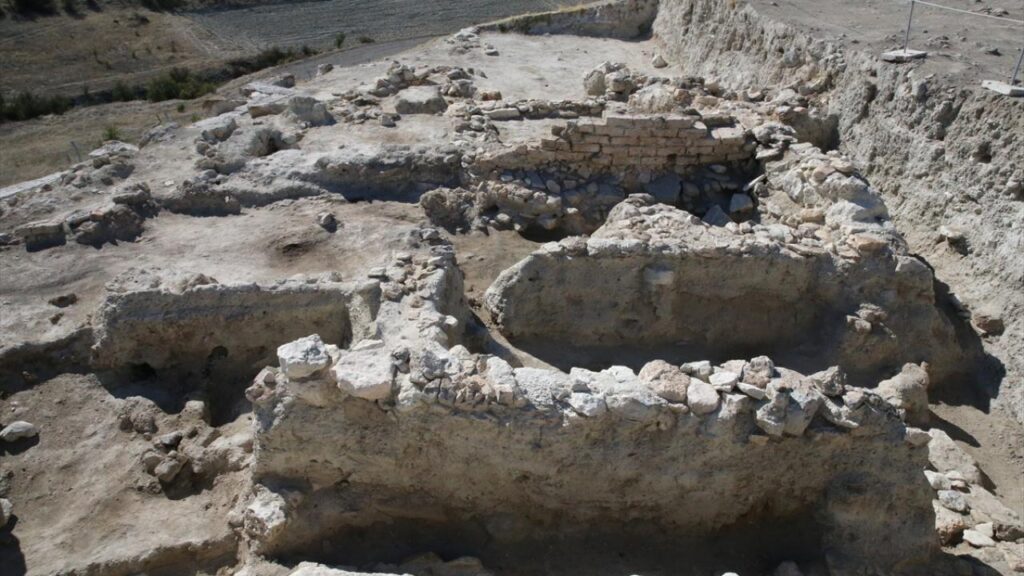
Because no later occupation occurred above the fortress remains, the archaeological team can now document the structure in its entirety, a rare opportunity in Hellenistic Anatolian archaeology. Konakçı emphasized that such discoveries are crucial for understanding the military and socio-economic landscape of ancient Phrygia and Caria, regions that bridged central and western Anatolia.
Cover Photo: Aerial view of the ongoing excavations at Aşağıseyit Mound in Denizli, western Türkiye, where archaeologists unearthed a 4,500-year-old burnt house and Hellenistic fortress wall. Credit: Sebahatdin Zeyrek/AA
You may also like
- A 1700-year-old statue of Pan unearthed during the excavations at Polyeuktos in İstanbul
- The granary was found in the ancient city of Sebaste, founded by the first Roman emperor Augustus
- Donalar Kale Kapı Rock Tomb or Donalar Rock Tomb
- Theater emerges as works continue in ancient city of Perinthos
- Urartian King Argishti’s bronze shield revealed the name of an unknown country
- The religious center of Lycia, the ancient city of Letoon
- Who were the Luwians?
- A new study brings a fresh perspective on the Anatolian origin of the Indo-European languages
- Perhaps the oldest thermal treatment center in the world, which has been in continuous use for 2000 years -Basilica Therma Roman Bath or King’s Daughter-
- The largest synagogue of the ancient world, located in the ancient city of Sardis, is being restored

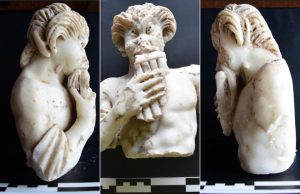
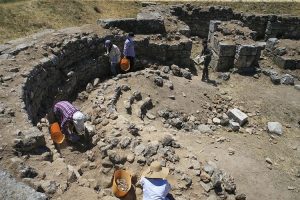
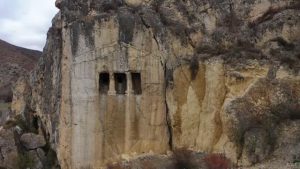
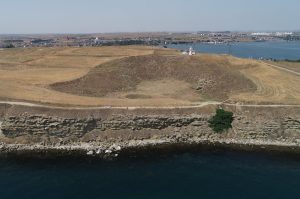
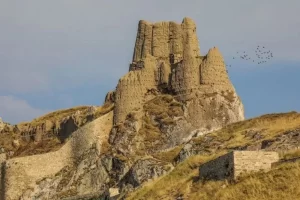
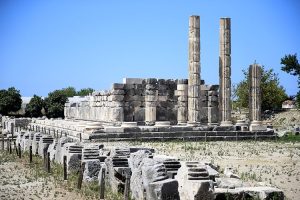


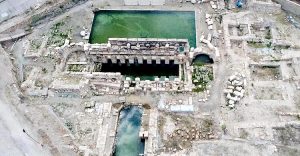
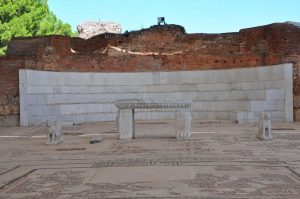
Leave a Reply